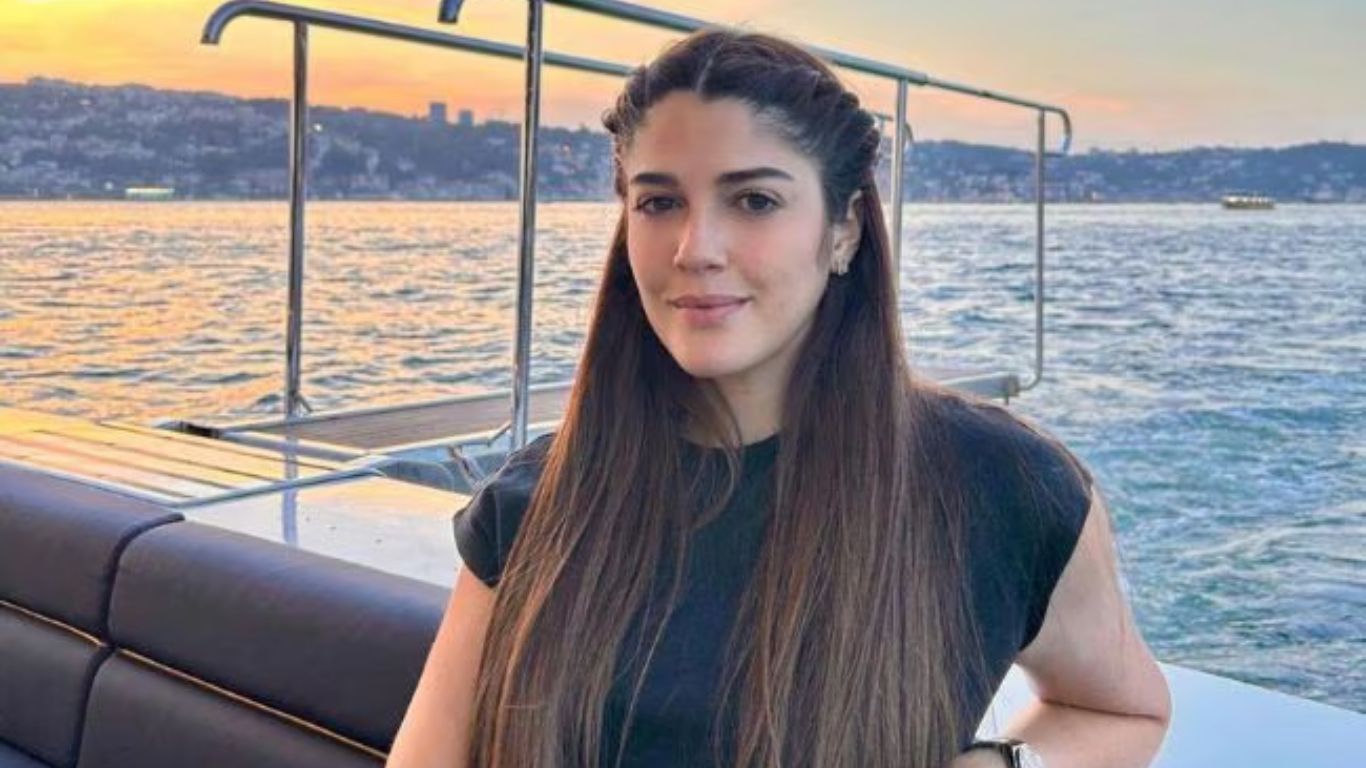There is magic in animated movies, but what Hayao Miyazaki has achieved at Studio Ghibli is something more subtle and enduring. The real magic? Making women characters real, not flawless, not unattainable, but honest, complicated, and deeply human. These are the kinds of characters that stick with you for a long, long time after the credits have rolled.
Not the Princess You’re Expecting
Let’s face it, most animated heroines fall into predictable roles. Either they’re waiting around for someone to save them, or they’re trying way too hard to show how independent they are. Miyazaki’s female characters? They don’t fit into either of those boxes. Take Nausicaä, for example. Technically, she’s a princess, but that scarcely even begins to capture her. She’s curious, she’s compassionate, and she’s driven by a need to protect rather than to control. She listens. She desires peace, not power. Or take San from Princess Mononoke. She’s rough, yes, but she’s also troubled and in pain. She’s not trying to be a hero she just wants to save the world she loves. There’s something raw and genuine about her strength, something based on deep feeling.
Growth That Feels Personal
Not all of Miyazaki’s girls start out as confident leaders. Some of them are scared. Some don’t even know what they’re doing. And that’s what makes them so relatable. Chihiro in Spirited Away is just a normal kid, scared and overwhelmed. But as events unfold, with haphazard labor, strange friendship, and frightening encounters, she discovers her mettle. Her bravery is not flashy, but it’s steadfast. Then there’s Kiki. A 13-year-old witch trying to navigate life on her own. She stumbles. She loses her confidence. She even loses her magic. But that’s what makes her journey feel so real it’s messy, just like learning to be yourself when you’re not even sure who that self is yet.
Beauty, Redefined
One of the better things that Ghibli does is acquaint us with a new beauty. It’s never smooth skin, flowing hair, or youth. There’s something more to it. Sophie is transformed into an old woman in Howl’s Moving Castle. And oddly enough, that is when she finally comes alive. As she grows out of her insecurity and self-doubt, she becomes a force to be reckoned with a free spirit. The “ugly old woman” is one of the most gorgeous characters in the entire film. Because in Ghibli movies, beauty isn’t about looks. It’s about what’s in here, and how you choose to engage with the world.
Women Who Build, Lead, and Speak Up
Not all of Miyazaki’s women grow slowly or quietly. Some arrive complete, unapologetic in their strength. Lady Eboshi is one such character. She’s rough, she’s assertive, and she has no qualms about making the tough choices. She’s complexed a leader, a rebel, and a character who stays with you long after the film is over. She’s not perfect, but she’s real, and that is what makes her unforgettable. In the world of Ghibli, it doesn’t matter whether you’re male or female. It’s about doing. Women direct, they fight, they build, and they make decisions. And they don’t ask for permission to.
Why We Remember Them
And so, what makes these characters impossible to forget? Maybe it’s because they are reminding us of the familiar, not distant heroes in some fairy tale, but just like us, the unsure parts, the brave parts, and the still-figuring-it-out parts. They don’t scold or pose. They just are. They try. They fail, get up again, and keep going. And maybe that is what Miyazaki does so successfully. These are characters who do not dream of being role models. They just want to be themselves. And in some way, they are the most inspiring of all.




